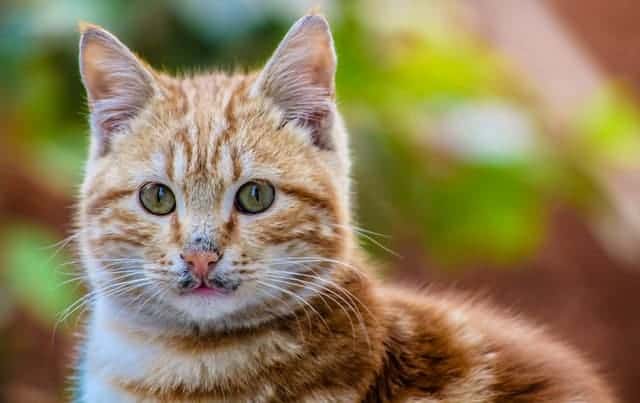
The cat is celiac: how to understand and treat the cat’s gluten intolerance
Not everyone probably knows that the cat is intolerant to cereals and, if it were to take them, they should always be in very small quantities. There are precise symptoms of gluten intolerance in the feline both from a skin and gastroenteric point of view, but only the veterinarian can give the correct diagnosis and recommend the most suitable diet for the cat with this type of problem. Everything you need to know and do when your cat is celiac.
Food allergy and intolerance: are they the same thing?
The answer is: absolutely not! In the case of an allergy it is an ‘excessive’ reaction by the body in response to an allergen. This element is perceived as ‘foreign’ by the body and it is the immune system that reacts. The consequences can be very harmful up to a real anaphylactic shock in the cat.
As far as intolerance is concerned, however, it is not the immune system that reacts, but the body’s ability to ‘digest’ a certain food is involved. In fact, in the case of allergy it is not linked to how much allergen is taken; in the case of intolerance, on the other hand, much depends on the amount of food taken.
What is celiac disease
Also called ‘Celiac disease’, this disease affects the small intestine and is triggered by gliadin, a protein that is present in gluten. It in turn is contained in some foods, in particular cereals such as: wheat, barley, kamut, rye oats, spelt etc. Gluten has a ‘glue’ effect on the intestine and therefore risks compromising the functionality of the intestinal villi which, when they work well, have the function of absorbing vitamins, minerals and nutrients from food. When these elements are not absorbed well, the body is likely to react with certain signals.
The cat is celiac: symptoms and obvious signs
How do we understand that our beloved feline is sick and the cause could be celiac disease? We must pay attention to a series of signals that his body (but also his attitude) sends us.
Skin reactions:
- itching
- skin inflammations;
- dermatitis in cats
- eczema;
- alopecia;
- hair loss.
Gastroenteric reactions and more:
- episodes of vomiting;
- diarrhea;
- constipation;
- weight loss
- general sense of exhaustion;
- anemia
Consequences of celiac disease in the cat
It is not only the problems listed above that should worry us: a celiac cat can face a series of other problems involving its immune system, joints etc.
The celiac cat can develop problems with hypothyroidism, but also diabetes, arthritis and arthrosis, skin inflammation and nervous system problems.
The cat is celiac: diagnosis and treatment

It is obvious that, since these are rather ‘generic’ signals, it will be difficult to identify celiac disease in the cat alone and in a short time. For this reason it is important to subject the feline to a visit to the veterinarian, who will proceed with some tests to diagnose this disease. It is likely that the expert will decide to proceed with food tests and blood tests. In the first case, moreover, we often opt for an ‘elimination diet’, that is, we exclude foods from the cat’s diet to understand what is what ‘hurts’.
The best cure for a celiac cat is a gluten-free diet: but what does this translate into in terms of ‘diet’? First of all, it will be necessary never to give him pasta, bread, cereals and everything that can be done with these elements. The problem is that on the market now dog and cat food contains a high percentage of cereals, since they are much cheaper than meat, which should instead be the basic element of the feline’s diet.






